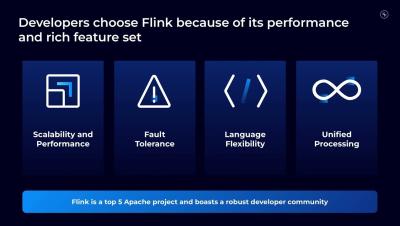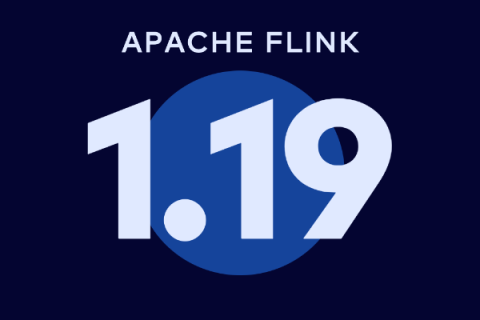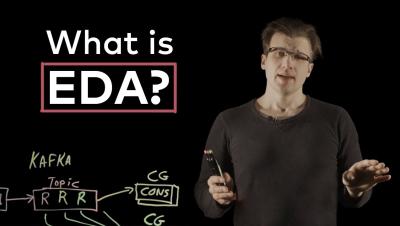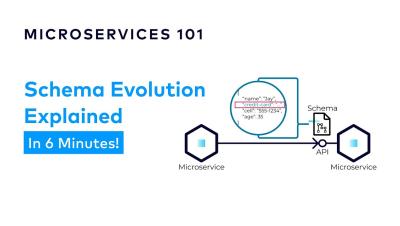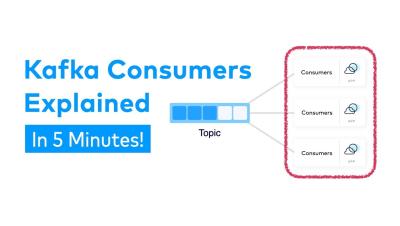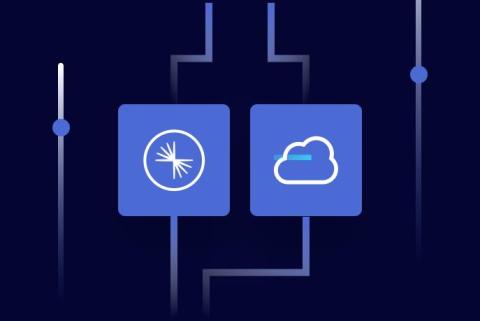The Confluent Q1 '24 Launch
The Confluent Q1 ’24 Launch is packed with new features that enable customers to build, connect, and consume intelligent data pipelines seamlessly and securely Our quarterly launches provide a single resource to learn about the accelerating number of new features we’re bringing to Confluent Cloud, our cloud-native data streaming platform.


